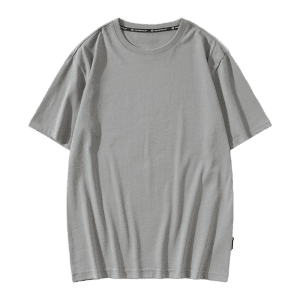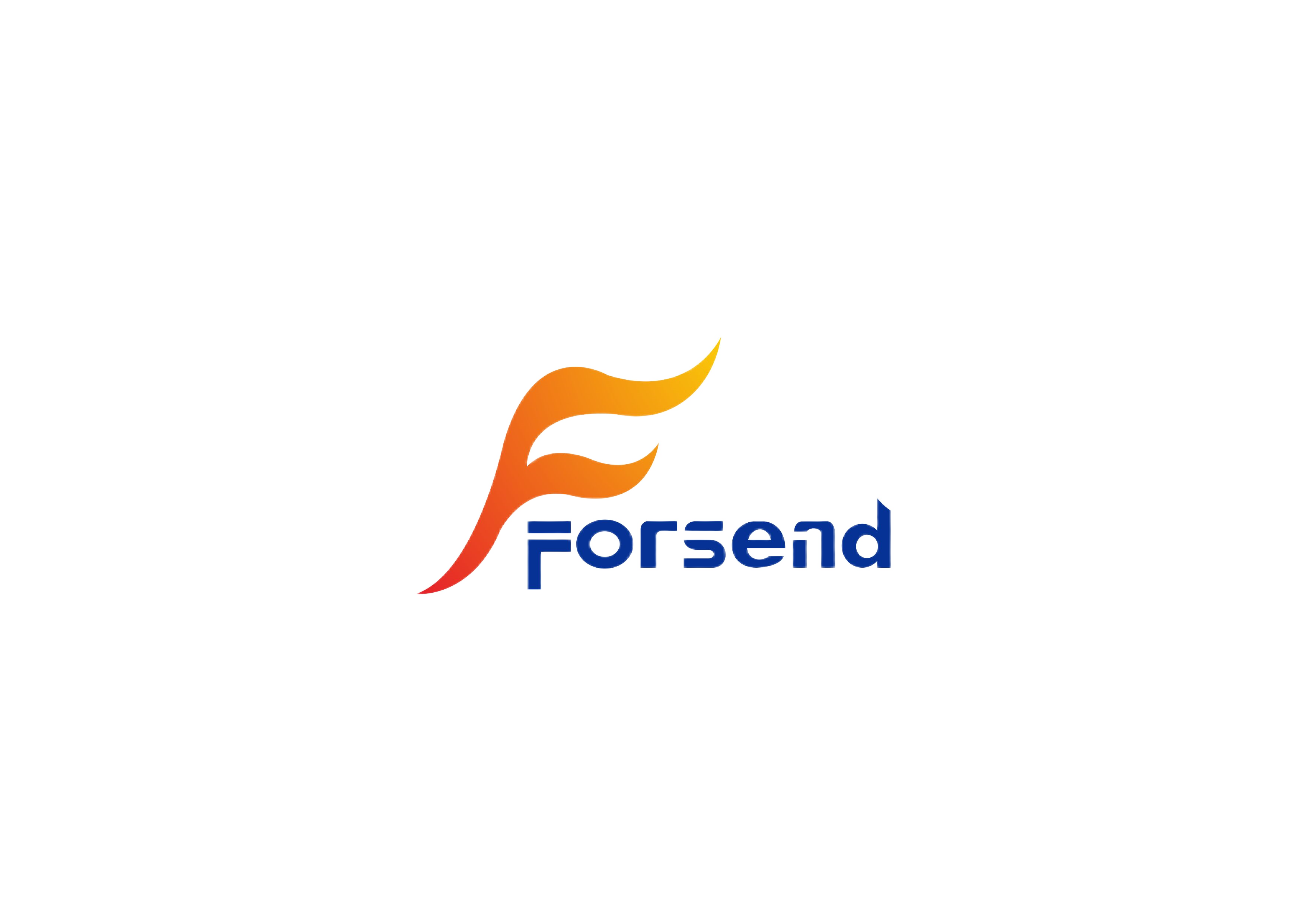T-shirts are one of the most popular and versatile clothing items in the world. They can be worn for casual occasions, sports, work, or even as a fashion statement. But how do you choose the best printing method for your t-shirts? There are many factors to consider, such as the type of fabric, the design, the quantity, the budget, and the quality you want to achieve. In this blog post, we will explore some of the most common t-shirt printing methods and help you decide which one is right for you.


DTG printing
DTG, or direct-to-garment printing, is a technique that uses a special printer to spray ink directly onto the fabric of the t-shirt. This method is ideal for small batches of custom t-shirts with complex and colorful designs. DTG printing can produce high-quality prints with sharp details and vibrant colors. However, DTG printing also has some drawbacks, such as:
• It requires a high initial investment in the printer and the ink
• It works best on cotton or cotton-blend fabrics
• It can be slow and expensive for large orders
• It can fade over time if not washed properly
Screen printing
Screen printing, or silkscreen printing, is a technique that uses a mesh screen and a stencil to transfer ink onto the fabric of the t-shirt. This method is ideal for large batches of t-shirts with simple and solid-colored designs. Screen printing can produce durable and consistent prints with a professional look. However, screen printing also has some drawbacks, such as:
• It requires a high setup cost and time for each design and color
• It works best on smooth and light-colored fabrics
• It can be wasteful and messy with excess ink
• It can crack or peel over time if not cured properly
Sublimation printing
Sublimation printing, or dye sublimation, is a technique that uses heat to transfer dye onto the fabric of the t-shirt. This method is ideal for graphic t-shirts with full-color and photo-realistic designs. Sublimation printing can produce vivid and seamless prints that cover the entire surface of the t-shirt. However, sublimation printing also has some drawbacks, such as:
• It requires a high initial investment in the printer and the paper
• It works best on polyester or polyester-blend fabrics
• It can be expensive and time-consuming for large orders
• It can lose color over time if exposed to sunlight
Other t-shirt printing methods
There are also other t-shirt printing methods that you can explore, such as:
• Plastisol transfers: A technique that uses pre-printed designs on a special paper that are transferred onto the fabric of the t-shirt with heat and pressure.
• Heat press printing: A technique that uses pre-cut vinyl or flock material that are applied onto the fabric of the t-shirt with heat and pressure.
• Vinyl cutting: A technique that uses a machine to cut out shapes or letters from vinyl material that are applied onto the fabric of the t-shirt with heat and pressure.
• Discharge printing: A technique that uses a chemical agent to remove dye from certain areas of the fabric of the t-shirt, creating a bleached effect.
• Belt printing: A technique that uses a conveyor belt to feed the fabric of the t-shirt through a series of screens that apply ink onto it.
Time to choose the best t-shirt printing method for you!
As you can see, there are many options when it comes to t-shirt printing methods. Each one has its own advantages and disadvantages depending on your needs and preferences. To choose the best one for you, you should consider:
• The type and purpose of your t-shirt
• The finishing appearance that you want
• The quantity and budget that you have
• The quality and durability that you expect
We hope this blog post has helped you learn more about t-shirt printing methods and how to choose suitable one for your designs. If you have any questions or comments, feel free to leave them below.
